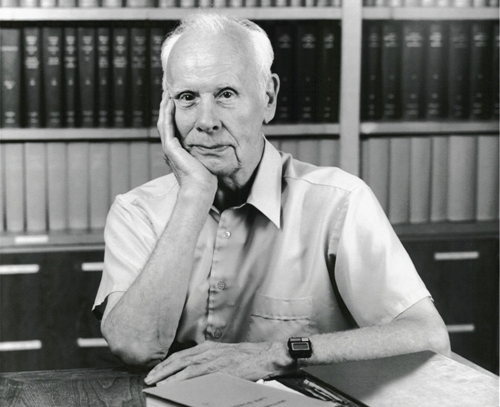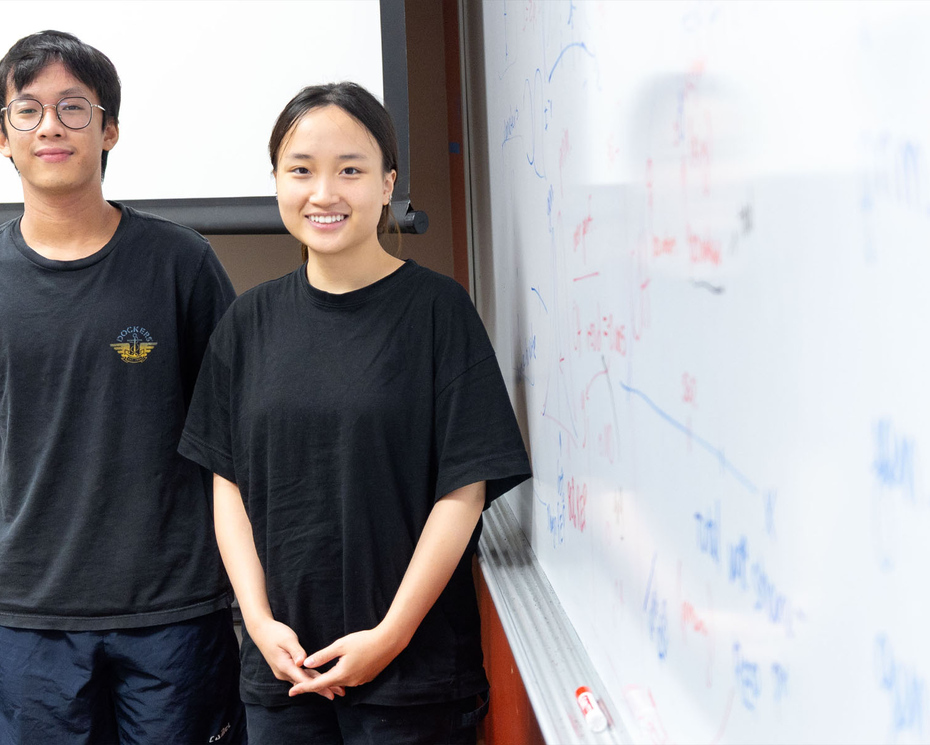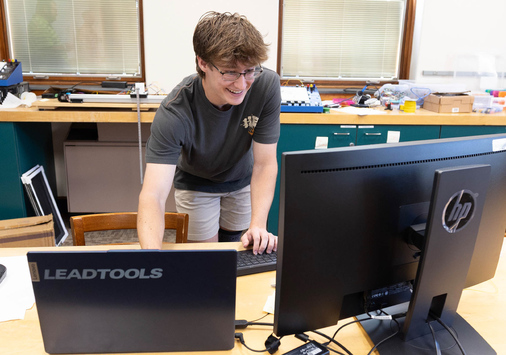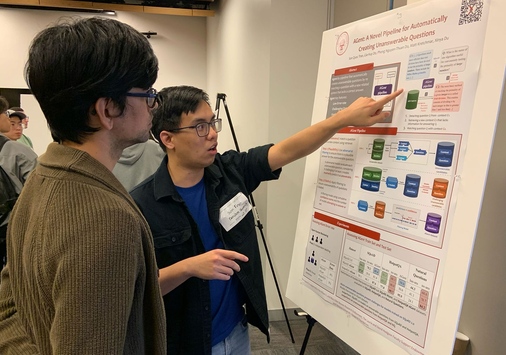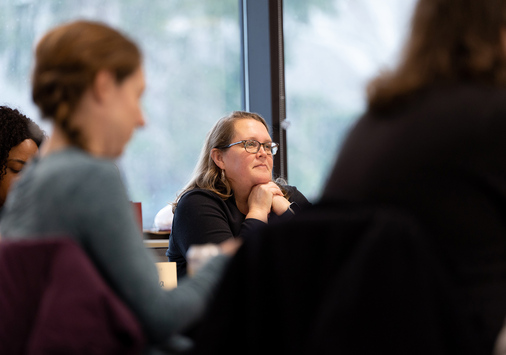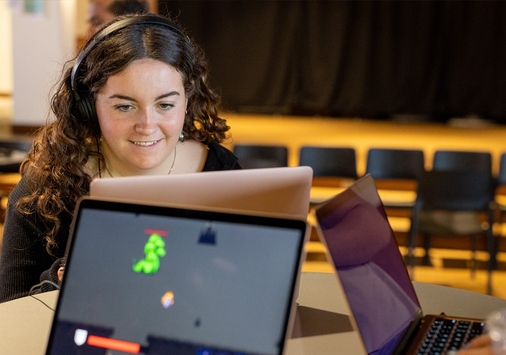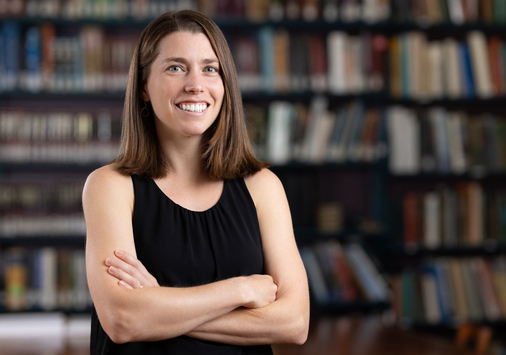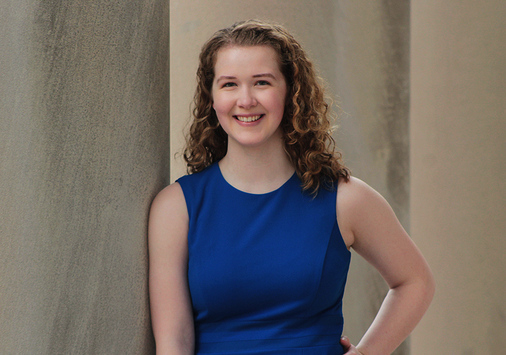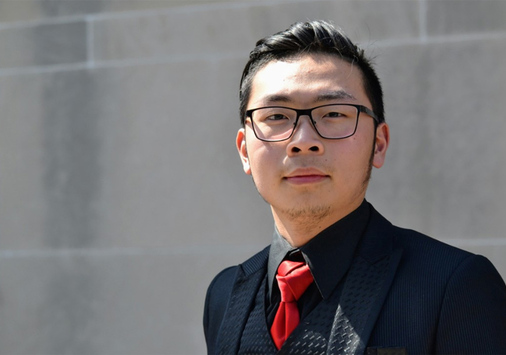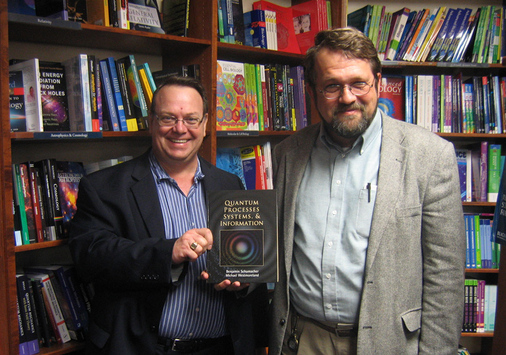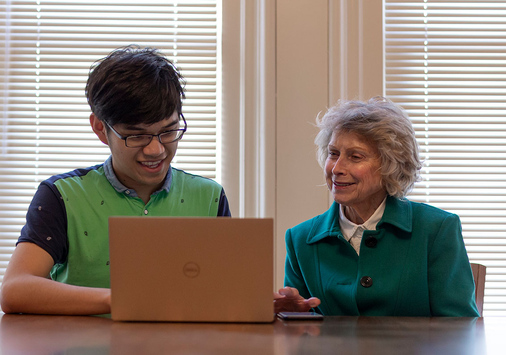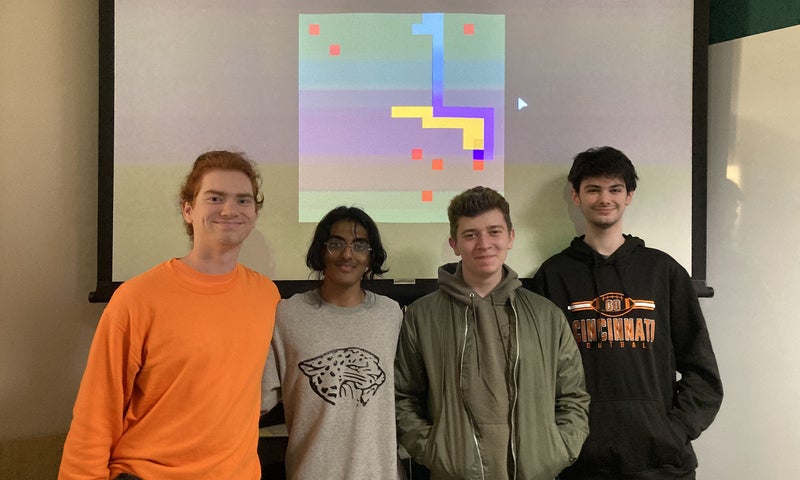George Stibitz
Father of the Modern Digital Computer
A true student of the liberal arts, Denison alumnus George Stibitz (1904-1995) was one of the first to foresee the myriad creative applications of computing.
George Stibitz majored in Applied Mathematics at Denison, was inducted into Phi Beta Kappa, and graduated in 1926. He later earned an M.S. from Union College (1927) and a Ph.D. in Physics from Cornell (1930).
In 1949, Dr. Stibitz was awarded one of the first alumni citations by his alma mater. Denison awarded him an honorary Doctor of Science degree in 1966.
Digital Computers
Dr. Stibitz joined Bell Telephone Laboratories in 1930. His work as a research mathematician at Bell Labs led to his invention of a series of relay calculators, precursors of today's electronic computers. He held 34 patents, and authored numerous scientific articles and two books.
In 1983, George Stibitz was inducted into the National Inventors Hall of Fame for his work and patent for the “Model 1 Complex Calculator, the first electric digital computer.” The plaque copy in the Hall of Fame notes, “His was the first computer to perform arithmetic operations in binary fashion, the first placed in routine operation, and the first with either remote or multi-station terminals.”
The Denison library hosts a permanent display of a replica, built by Stibitz himself, of his “Model-K” one-digit binary adder. The “K” in the name is derived from the setting in which it was built, his family's kitchen table. Stibitz recalled, “I had been asked at (Bell) Labs to look into the design of the magnetic circuits of the U-type relay in 1936 or 1937 because the telephone company had been wiring the electrical contacts that were parts of the relay in complicated and useful ways. It occurred to me that they might represent the mathematical operations of addition and, hence, of all other numerical operations.”
Biomedicine
In 1964, George Stibitz joined the Department of Physiology at Dartmouth Medical School as a research associate. There he worked on applying computer science to biomedicine. Among his many projects were those involving the movement of oxygen in the lungs, renal exchange, brain cell anatomy, the diffusion of nutrients and drugs in the body, and a mathematical model of capillary transport.
Art
Dr. Stibitz later become interested in the use of computers as artistic media. In 1994, the Williams Gallery in Princeton, NJ hosted an exhibition titled, “BINARY VISIONS: a realization of the computer's potential in the fine arts, as foreseen by George Stibitz, computing pioneer.” According to the press release, this interest “developed as he realized the powerful manipulative techniques of form and color which it provided.” He is quoted as saying, “If Leonardo da Vinci and Van Gogh had had computers we could now reproduce the 'Last Supper' or the green pool table (now turned brown), with colors unchanged by the passage of centuries.” Follow the link below to view a sample of his creative works.
